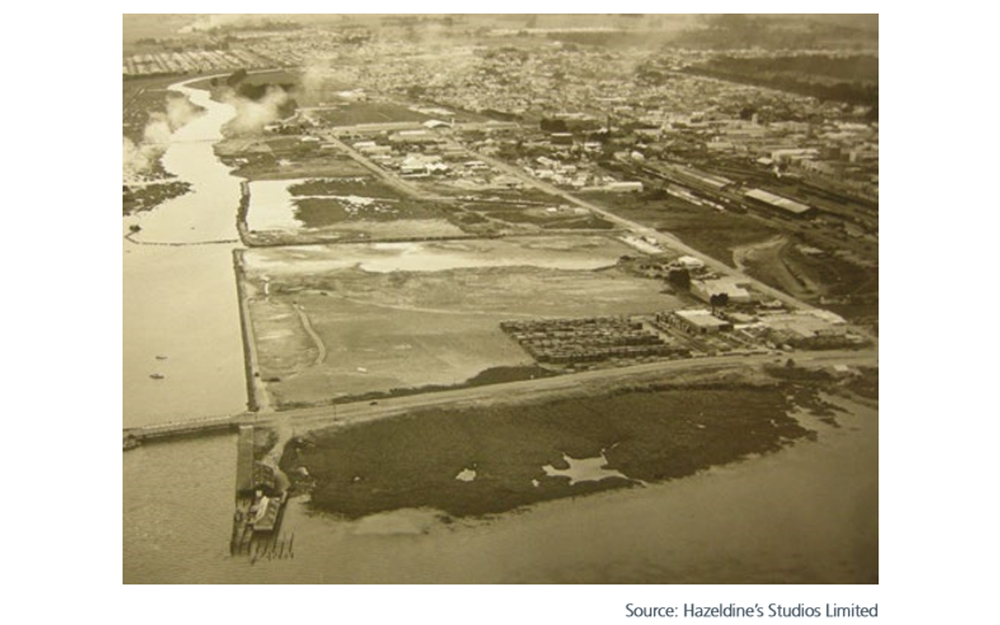Commissioner’s report on estuaries reinforces Environment South’s direction, CEO says
Marjorie Cook
17 August 2020, 3:18 AM
 Environment Southland chief excutive Rob Phillips says a key recommendation from report aligns well with council's approach. PHOTO: SUPPLIED
Environment Southland chief excutive Rob Phillips says a key recommendation from report aligns well with council's approach. PHOTO: SUPPLIEDEnvironment Southland has embraced the release of a report on estuaries by Parliamentary Commissioner for the Environment Simon Upton.
Mr Upton released Managing our Estuaries last week. The report included the New River Estuary, at Invercargill, in five case studies illustrating environmental and management challenges faced by estuaries.
The report makes two key recommendations: to include estuaries as part of Freshwater Management Units as defined by the National Policy Statement for Freshwater; and to standardise monitoring and reporting of estuaries and the pressures that impact on them.
Mr Upton called for a management approach that treats estuaries and their freshwater catchments as a single entity from the mountains to the sea, ki uta ki tai.
Many of the pressures on estuaries arrive via the systems feeding into them.
Mr Upton said including estuaries in freshwater management units within the National Policy Statement for Freshwater Management 2020 would ensure comprehensive and robust management regimes covered all estuaries.
Mr Upton also recommended establishing a robust monitoring system to help local government and communities make informed decisions.
Ideally, this would include metrics based on mātauranga Māori and apply to all the cumulative pressures on estuaries, as well as to estuaries themselves.
“If the vision of ki uta ki tai for managing water is to mean anything, estuaries have to be an integral part of the plan. What comes off the land ends up in the estuary so unless we manage this in a genuinely integrated way our estuaries will always risk being sacrificed,” Mr Upton said.
The report describes a wide range of problems – overlapping jurisdictions and responsibilities, ever-changing policies, and inadequate enforcement and compliance.
Mr Upton said the health and wellbeing of an estuary was rarely the sole and undivided responsibility of one entity.

A 1960s image of New River Estuary, extracted from Managing Our Estuaries report. SOURCE: Parliament/Screenshot
Environment Southland chief executive Rob Phillips said the report reinforces the regional council’s direction for addressing issues affecting estuaries.
Mr Phillips said one of the report’s key recommendations aligned well with the council’s Our People, Water and Land programme.
This aimed to improve water quality by taking a ‘mountains to the sea’ [Ki uta ki tai] approach and included estuaries as part of catchments and Southland’s Freshwater Management Units, he said.
The programme is also working towards meeting the requirements of the Government’s National Policy Statement for Freshwater and to support positive action on the ground to improve water quality.
“It’s very positive to have the commissioner’s recommendation reinforce the direction of our programme,’’ Mr Phillips said.
Mr Phillips said the second key recommendation - standardised monitoring – would require the involvement of other agencies.
Environment Southland is already required to undertake state of the environment monitoring and reporting.
This includes monitoring key habitats and changes to them over time, as well as the sediment and the physical, chemical and biological indicators at specific sites within estuaries.
Mr Phillips said some of Southland’s many estuaries were in very good health, such as Freshwater Inlet on Stewart Island, but some, including New River Estuary, were in poor health.
Contaminants could be manmade or natural and originate from a wide variety of sources including wastewater, stormwater, landfill leachate, and practices within primary industries, such as agriculture, horticulture and aquaculture, he said.
New River Estuary is further complicated by reclaimed land.
“We recognise that improving water quality in estuaries with poor water quality is one of our greatest challenges because of the accumulation of contaminants over time,” Mr Phillips said.
The council also undertakes scientific investigations to better understand the pressures facing estuaries.
It is currently investigating emerging organic contaminants in Southland’s water bodies and the potential risks they pose. Leading on from that, the council is a study site in a Ministry for Business, Innovation and Enterprise funded research project.
The council has also commissioned an investigation regarding the contaminated reclaimed land along the eastern Waihopai arm of the New River Estuary.
Read the report: Go to https://www.pce.parliament/media/197063/report
AG | TRADES & SUPPLIES



